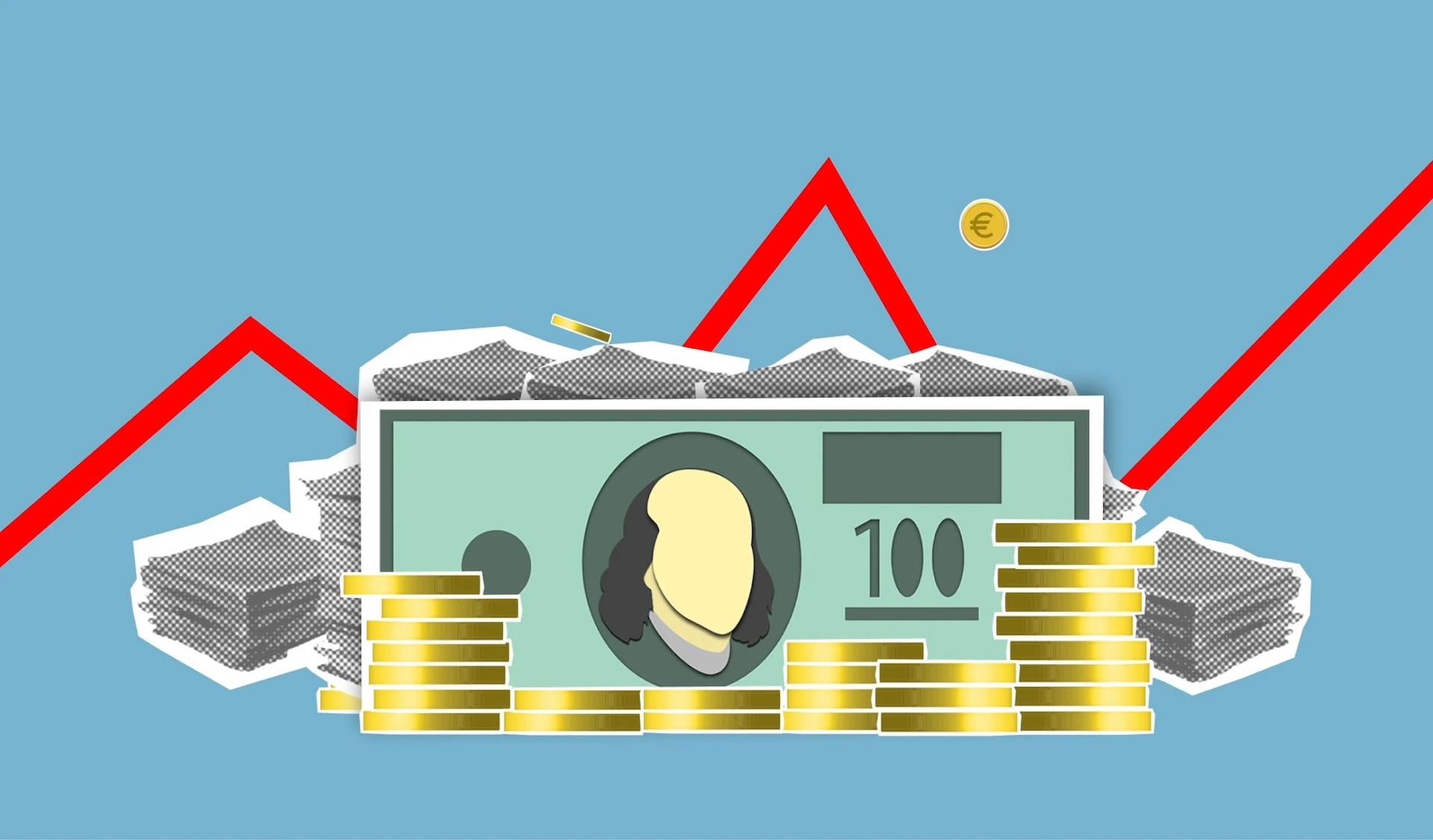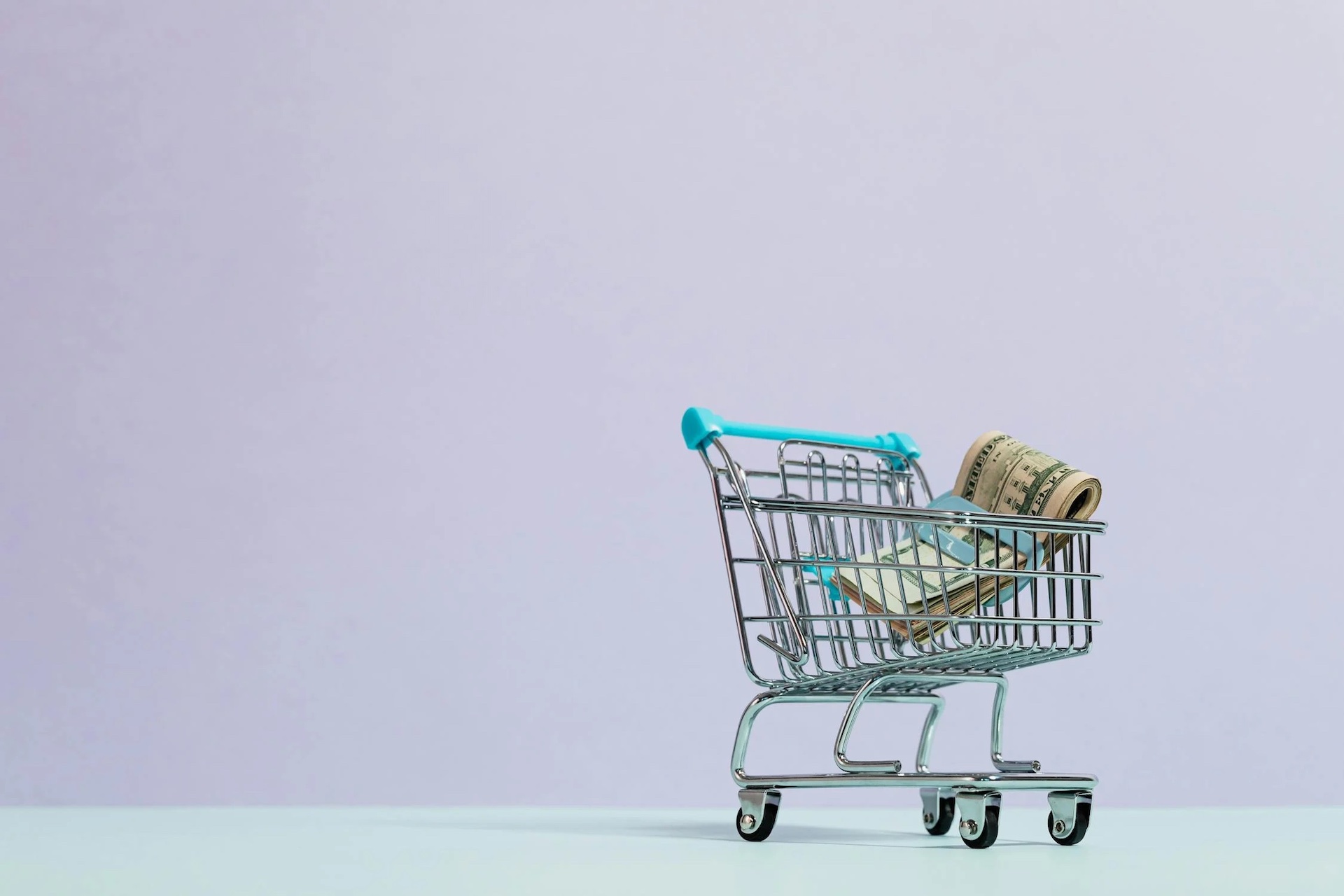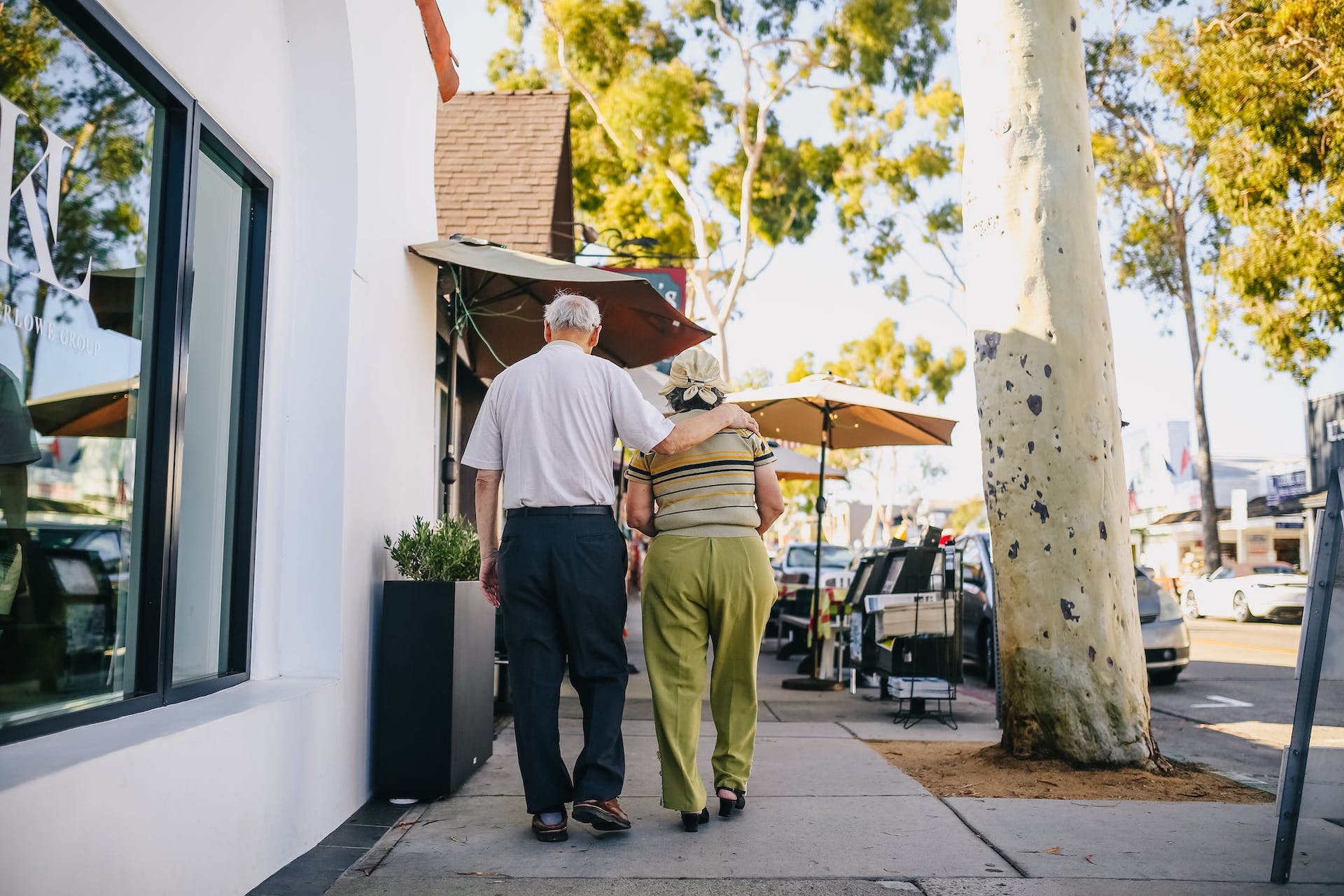Since 1956, the Social Security Disability Insurance (SSDI) program has been aiding disabled workers with a sufficient work history and paid Social Security taxes before enrolling in the program.
A recent change intended to address the rising cost of living has unintentionally made life more difficult for many individuals receiving benefits through the Social Security Disability Insurance (SSDI) program. One recipient went as far as saying the program seems designed to “keep you in poverty,” even though many others express satisfaction with their current benefit levels.
SSDI Benefits Were Enough to Cover the Necessities

Newsweek spoke to Vanessa Vallon (36) who relies on SSDI benefits after a back injury that left her temporarily paralyzed from the waist down in 2019. The Louisiana resident started to receive disability benefits after she started down her road to recovery.
With her part-time job as a driver for Uber and DoorDash, the benefits from SSDI were “enough money to cover the necessities,” Vallon told Newsweek.
Vallon’s Work Options Were Limited

Vallon returned to work at an insurance call center in October 2021. However, she lost her job two years later after struggling with her health on and off, burning through her allotted time off and medical exemptions.
With her injuries still affecting Vallon’s day-to-day life, finding stable work that allows her the flexibility to accommodate for her medical injuries has left her with limited work in an already tough job market.
Vallon Turns to SSDI Again for Help

With bills piling and the cost of living on the rise, Vallon decided to apply for SSDI benefits again. “I finally received my monthly benefits in February 2024 with a back payment to cover the months I was unemployed dating back to May 2023,” Vallon said.
Vallon continued: “Over half of that money had to be paid back to family and friends that helped me pay bills when my savings ran out, as well as paying off a maxed-out credit card, with the rest going back into savings to ultimately go towards a new vehicle.”
The Payment Boost Comes With Consequences

Like many recipients of SSDI benefits, Vallon had hoped that the boost in payments would make life easier after the Social Security Administration’s cost of living increased to 8.7 percent last year.
The 3.2 percent bump in Social Security payments on top of the 8.7 percent increase in 2023 eliminated some important benefits Vallon relied on due to the structure of the income-based assistance program.
Louisiana Slashes Food Stamps

In Vallon’s case, $23 in food stamps is all she has to get groceries for a month. For context, the average U.S. grocery bill for a single household in California is $332.08 per month (via SoFi).
SSDI Payments Disqualify Vallon From Medicare and Medicaid Coverage

Healthcare has also become another hurdle for Vallon. Her previous payments from SSDI allowed her to qualify for dual coverage of Medicare and Medicaid, which cover Vallon’s monthly premiums and coinsurances.
However, Vallon’s increased income from the program puts her above the $1,215 threshold. This means Vallon is responsible for the coinsurance cost.
Vallon Has $245 to Spend on Food, Supplements, and Gas Each Month

“I went with a Medicare Advantage plan this year, so I get a spending benefit card of $245 a month to put towards some food, supplements, and gas,” Vallon said.
Vallon told Newsweek, “The frustrating part is that this new Advantage plan doesn’t cover the same doctors I always went to, so I’m having to find new providers and I can’t go back to original Medicare because I desperately need this spending benefit card.”
Vallon Has Shifted Her Entire Life Around Her Limited Budget

While Vallon’s monthly budget from the SSDI program should cover her expenses, Vallon has had to restructure her entire life to save money. She said that she now relies on her boyfriend’s support when grocery costs exceed the monthly budget.
Vallon has put home and car repairs on hold because any improvements or fixes could easily break her already tight budget.
Vallon Can Barely Afford Necessities

“It’s very frustrating to have to do your budget each month and figure out how much doctor appointment coinsurance can I afford this month before I have to schedule them for the next month, just so I can afford my healthy foods and supplements,” Vallon said.
If Vallon does need anything for her car, house, or pets, she has to reevaluate her entire budget to see if she can afford it. If not, Vallon will have to eliminate other aspects of her life that help her make money, like her delivery work, because of the cost of gas and mechanics for her aging car.
SSDI Recipients Receive $16,032 a Year

“To expect anyone to be able to live on only $16,032 a year without EBT food help and without helping to cover coinsurance when you have to constantly go to physical therapy is a cruel joke,” Vallon said.
Vallone continued: “I feel like this system in America is designed to either keep you in poverty or force you to work outside of your abilities, leading to poorer health. The COLA,” which refers to the periodic increase in benefits or payments to account for inflation, “is not helping us because we need every agency on board to help instead of cutting us off and leaving us with scraps.”
The Problem Expands to Everyone Receiving Social Security Benefits

“It frustrates me how little the government is willing to help its people, instead only supplying the bare minimum and keeping the poorest citizens in poverty like this,” Vallon said.
The Social Security Administration’s payment increase affects not only those relying on SSDI payments. Seniors receiving Social Security benefits could see themselves moving to a higher tax bracket with the COLA boost.
